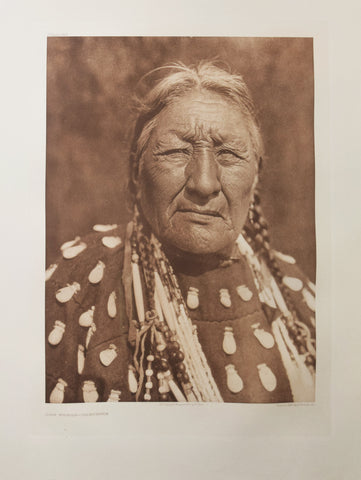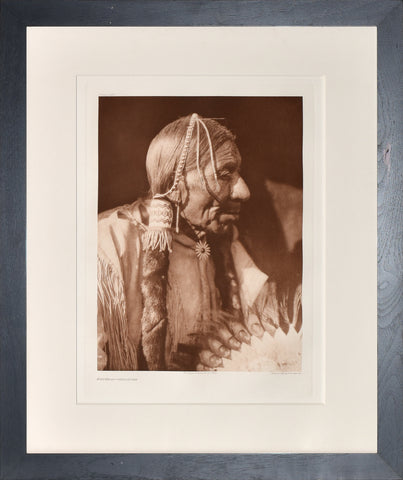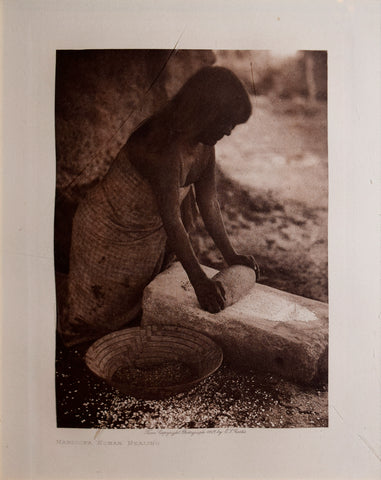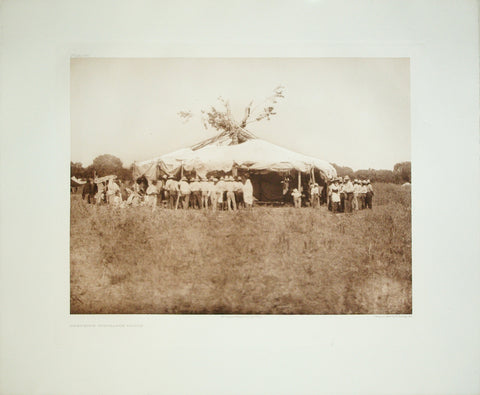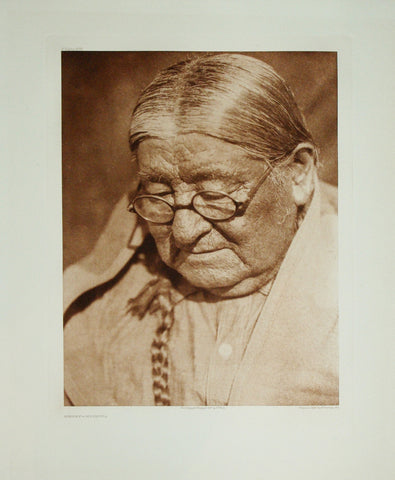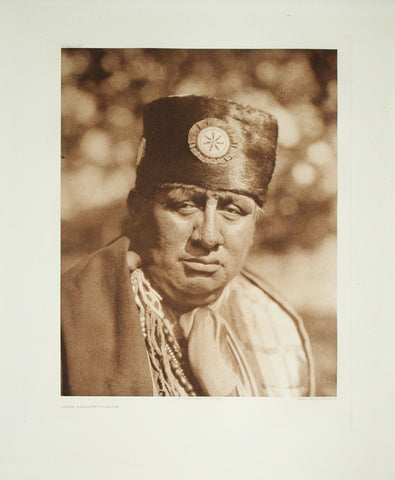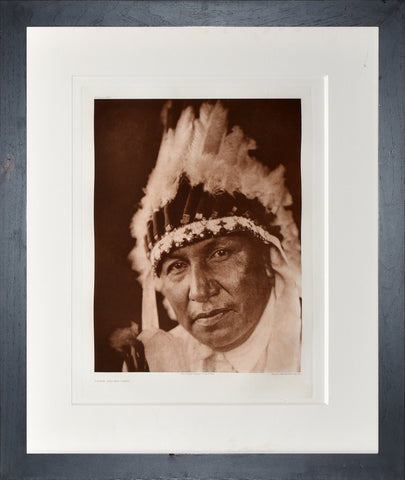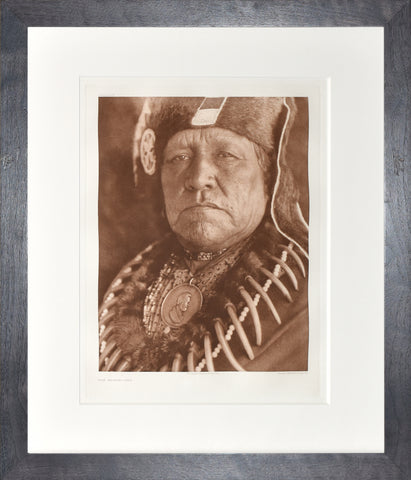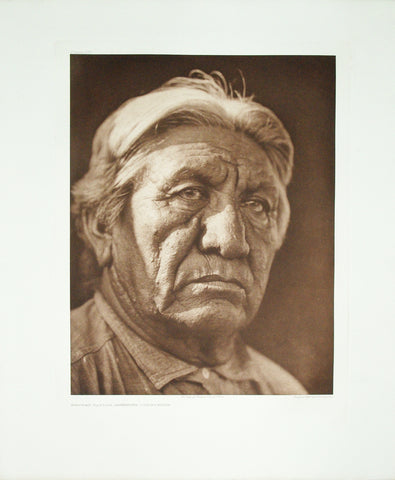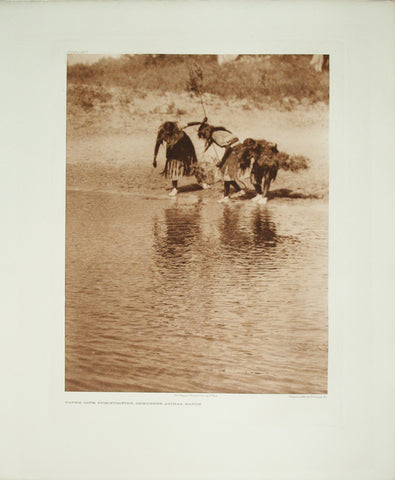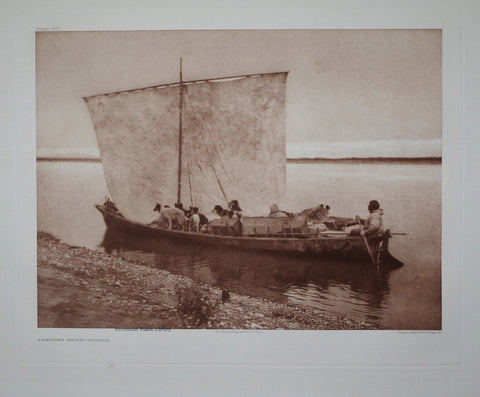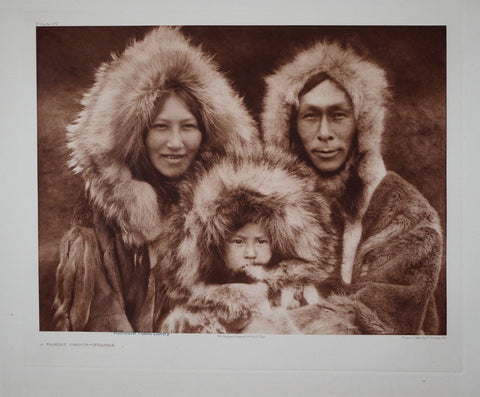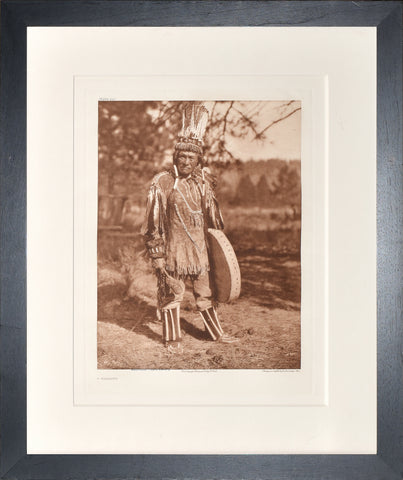Search By Artist
Edward S. Curtis (1868-1953)
In 1900, Edward Curtis embarked on a monumental project to photograph and record information about every tribe in the American West still practicing traditional ways. He wrote, "The information that is to be gathered... respecting the mode of life of one of the great races of mankind, must be collected at once or the opportunity will be lost." Curtis's remarkable endeavor far eclipsed earlier attempts in scope and thoroughness, as he set out to chronicle both the material facts and the distinct spirit of Indian cultures and ways of life. He estimated that the task would take him about ten years, but by 1905 the project was far from complete and Curtis had depleted his personal resources. Forced to seek a patron, he convinced none other than J.P. Morgan to fund his endeavor.
Curtis encountered every imaginable difficulty in the following years, but with Morgan's financial support he managed to take over 40,000 images and record rare ethnographic information from over eighty American Indian tribal groups, ranging from the Eskimo or Inuit people of the far north to the Hopi people of the Southwest. He captured the likeness of many important and well-known Indian people of that time, including Geronimo, Chief Joseph, Red Cloud, Medicine Crow and others. The massive undertaking was finally completed in 1930, at a total cost of one million dollars. Curtis's publication is comprised of more than 2,200 sepia toned photogravures bound in twenty volumes with written information and images, and twenty portfolios of larger artistic representations. These images radiate pathos and reflect Curtis's sense that he was preserving--at least on paper--a "vanishing race."
Curtis encountered every imaginable difficulty in the following years, but with Morgan's financial support he managed to take over 40,000 images and record rare ethnographic information from over eighty American Indian tribal groups, ranging from the Eskimo or Inuit people of the far north to the Hopi people of the Southwest. He captured the likeness of many important and well-known Indian people of that time, including Geronimo, Chief Joseph, Red Cloud, Medicine Crow and others. The massive undertaking was finally completed in 1930, at a total cost of one million dollars. Curtis's publication is comprised of more than 2,200 sepia toned photogravures bound in twenty volumes with written information and images, and twenty portfolios of larger artistic representations. These images radiate pathos and reflect Curtis's sense that he was preserving--at least on paper--a "vanishing race."

